What's New In Robotics This Week - Mar 11

Posted on Mar 11, 2016 7:00 AM. 6 min read time
Collaborative robots on the rise; Manufacturers automate to hedge against future downturns; Google's AI research; Emotive humanoids may one day care for people with dementia, and much more... Find out what's happening in our robotics universe this week. We hope that the news we have selected will interest and amuse you. Enjoy!
Collaborative robots are broadening their marketplaces (Robohub)
This is another fascinating read from Frank Tobe and it's on one of our favorite topics too --collaborative robotics. Leading with the massive growth shown in Universal Robots' February financials, Tobe delves into the factors driving adoption of collaborative robots and offers this prediction:
There’s no doubt that the collaborative robot marketplace will be growing exponentially over the next few years – with UR leading the pack – and price, safety, flexibility and ease of programming being the key determinants as to which vendor(s) are chosen.
Google's Robots Are Learning How To Pick Things Up (Popular Science)
It's been a good week for Google's AI researchers. In the first of two stories to feature in this week's roundup, Google researchers posted a paper (PDF) to ArXiv.org that outlines their efforts using deep neural networks to get a robot to teach itself how to pick up objects --even objects it has never encountered before.
As Popular Science reported:
Over the course of two months, Google had its robots pick up objects 800,000 times. Six to 14 robots were working on picking up objects at any given time, and the only human role was to reload the robot's bin of objects. The objects were ordinary household objects: office supplies, children's toys, and sponges.
The most surprising outcome to the researchers, noted in the paper published on ArXiv.org, was that the robots learned to pick up hard and soft objects in different ways. For an object that was perceived as rigid, the grippers would just grasp the outer edges of the object and squeeze to hold it tightly. But for a soft object like a sponge, the neural network realized it would be easier to place one gripping finger in the middle and one around the edge, and then squeeze.
When encountering new objects, the robot had a failure rate of 10-20%, a little worse than the 0-16% rate achieved by Cornell's DeepGrasping project (PDF), but very impressive nonetheless.
Robot Revolution: Manufacturers embrace automation to hedge against future downturns - (MiBiz)
West Michigan manufacturers are increasingly adopting industrial robots as a way to protect their businesses against future downturns, slim operations, and add flexibility, according to this interesting article from MiBiz.
While manufacturers have turned to automation technology for multiple reasons ranging from quality issues to navigating a shortage of skilled labor, they also see the technology as a way to remain lean and profitable in the face of the next economic downturn, Mark Ermatinger, [Vice President of Sales at Zeeland-based Industrial Control Service Inc.] said. “I think manufacturers recognize they have to take advantage of the economy, and spending money on automation is a safe and lucrative option."
For Mike Jeffrey, director of automation at ArtiFlex Manufacturing, companies are beginning to realize that they need to invest in automation equipment to avoid being caught off guard in the event of the next recession. “If companies eschew investments in automation, they will lack price competitiveness when the market contracts” Jeffrey said.
When robots do all the work, how will people live? (The Guardian)
U.K. Labour party politician Tom Watson has called on the UK government to develop an industrial strategy based that takes account of rising automation in the UK and world economies. "The question facing us as a nation is how do we make technological change our ally not our foe?," asks Watson.
This new industrial strategy must address head-on the hourglass economy, the future of the professions, the skills gap, the need to spread prosperity not concentrate it in fewer hands, and the threats as well as the potential of change. None of that will be easy, but all of it is necessary if the UK is to claim its share of the benefits that automation will bring.
An industrial strategy based on robotics is an excellent idea, but if I have one small gripe with the author's piece, it's that it presents us with another example of "humans" vs. "robots" style thinking. In taking that perspective, the author doesn't stop to consider the potential of collaborative robotics; human robot teams working together and complementing each other's skill sets.
Emotive humanoids may one day care for people with dementia (Japan Times)
Nadia Thalmann, a visiting professor and director of Singapore’s Nanyang Technological University’s Institute of Media Innovation chatted with The Japan Times this week about her work with "virtual humans" including her robotic likeness, the 1.7 meter tall "Nadine."
Nadine’s software allows the robot to express a range of emotions and recall a previous conversation. Nadine is not commercially available, but Thalmann predicted robots could one day be used as companions for people living with dementia.
“If you leave these people alone they will be going down very quickly. So these people need to always be in interaction,” Thalmann said, adding Nadine could provide conversation, tell a story or play a simple game.
AlphaGo Wins Game One Against World Go Champion (IEEE Spectrum)
Remember when AlphaGo beat the top ranked European Go player (ranked 663rd in the world) in a game last year? Google's deep learning based AI took another significant step forward this week when it beat the world's number one Go player, Lee Sedol, in the first of a five game series.
...the machine, by all accounts, played a noticeably stronger game than it did back in October, evidence that it has learned much since then. Describing their research in the journal Nature (PDF), AlphaGo’s programmers insist that it now studies mostly on its own, tuning its deep neural networks by playing millions of games against itself.
The neural networks judge the position, and do so well enough to play a good game. But AlphaGo rises one level further by yoking its networks to a system that generates a “tree” of analysis that represents the many branching possibilities that the game might follow. Because so many moves are possible the branches quickly become an impenetrable thicket, one reason why Go programmers haven’t had the same success as chess programmers when using this “brute force” method alone.
And Finally...
Video Shows Google Self-Driving Car Hitting a Bus (via Associated Press)
Inside the Artificial Intelligence Revolution: A Special Report (Rolling Stone)
Toshiba's robot is designed to be more human-like (BBC)
Hooray for Hollywood robots: Movie machines may boost robot acceptance (EurekAlert!)
Boston Dynamics Robots Include 3D-Printed Components (RapidReady)
Fukushima's ground zero: No place for man or robot (Reuters)

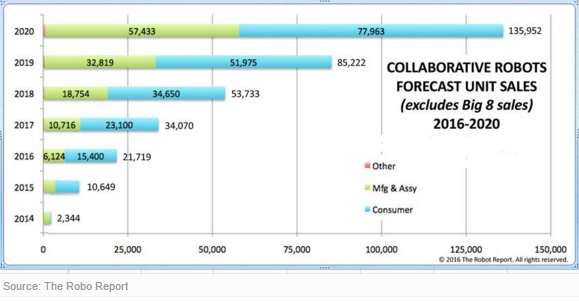
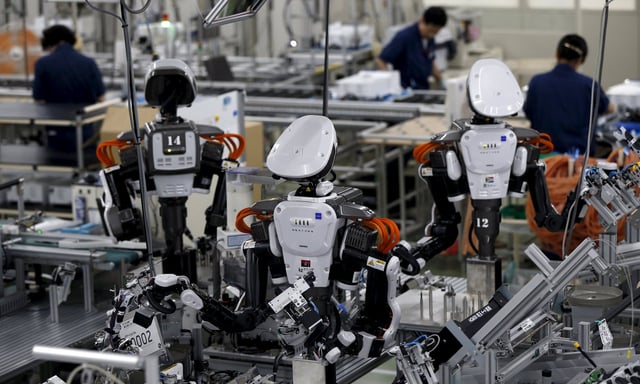



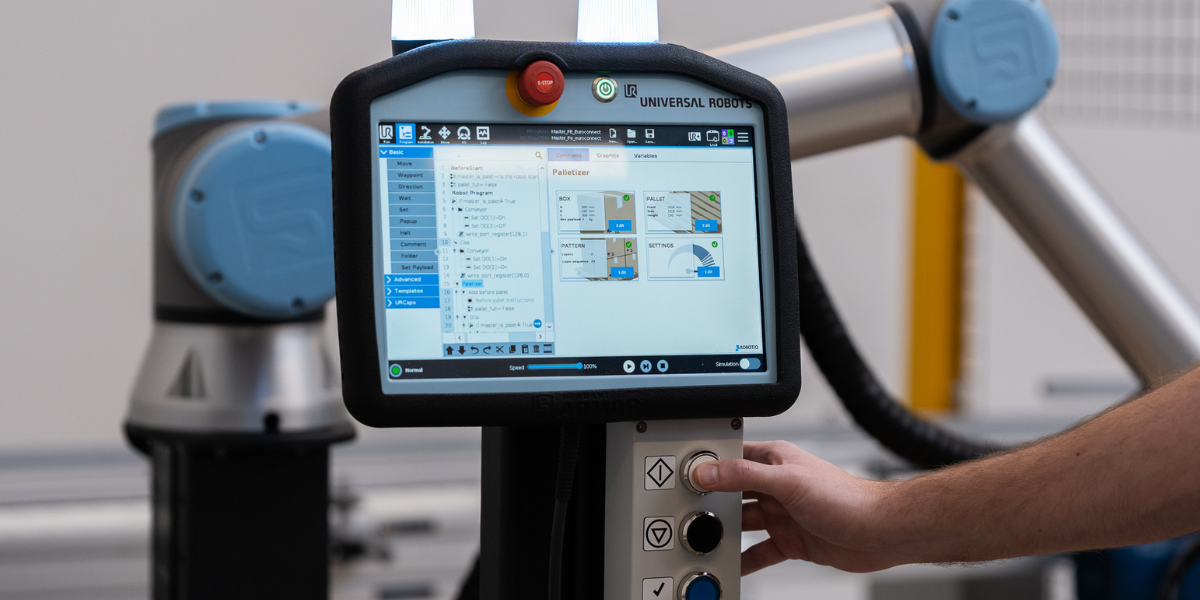

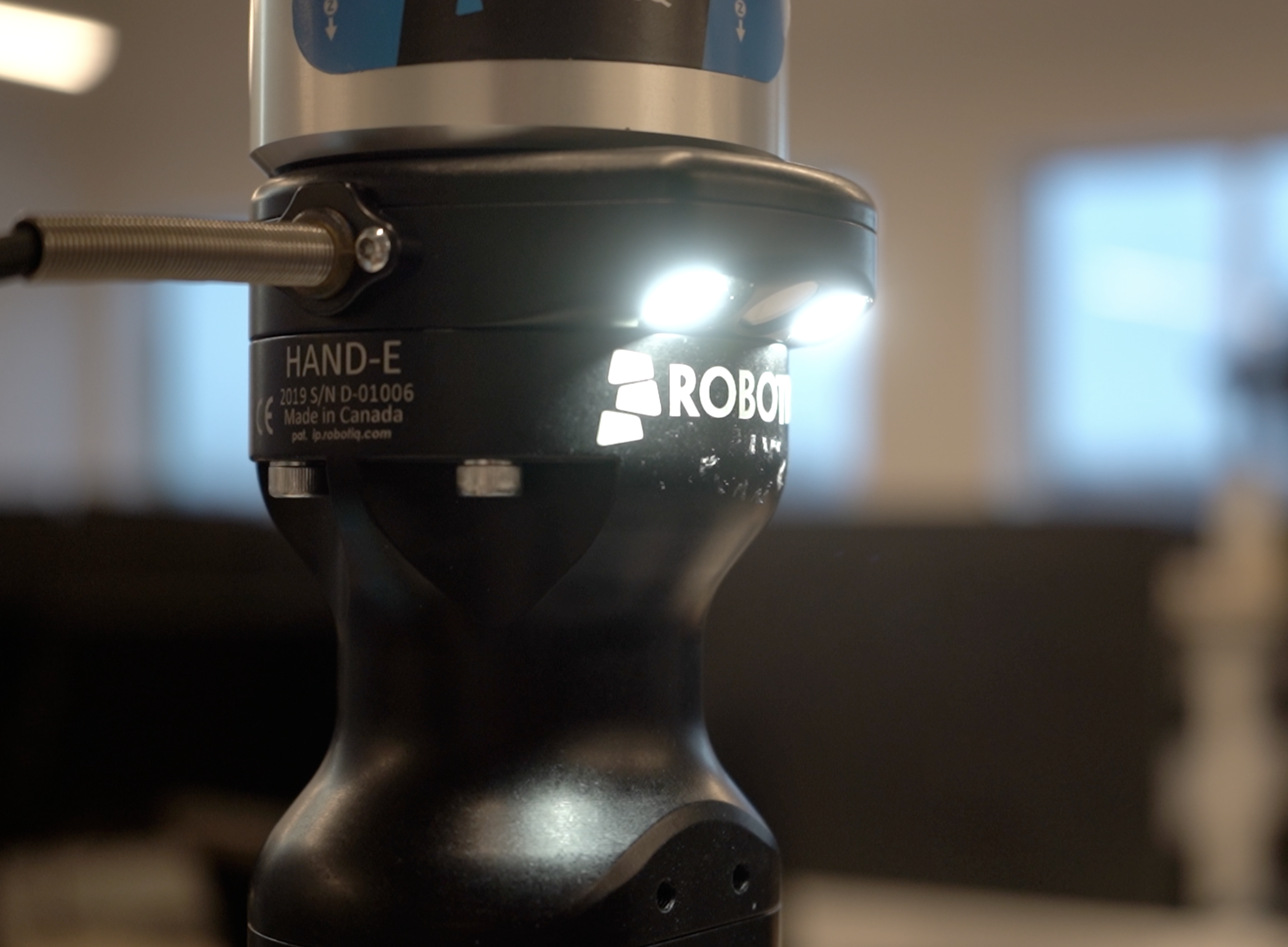

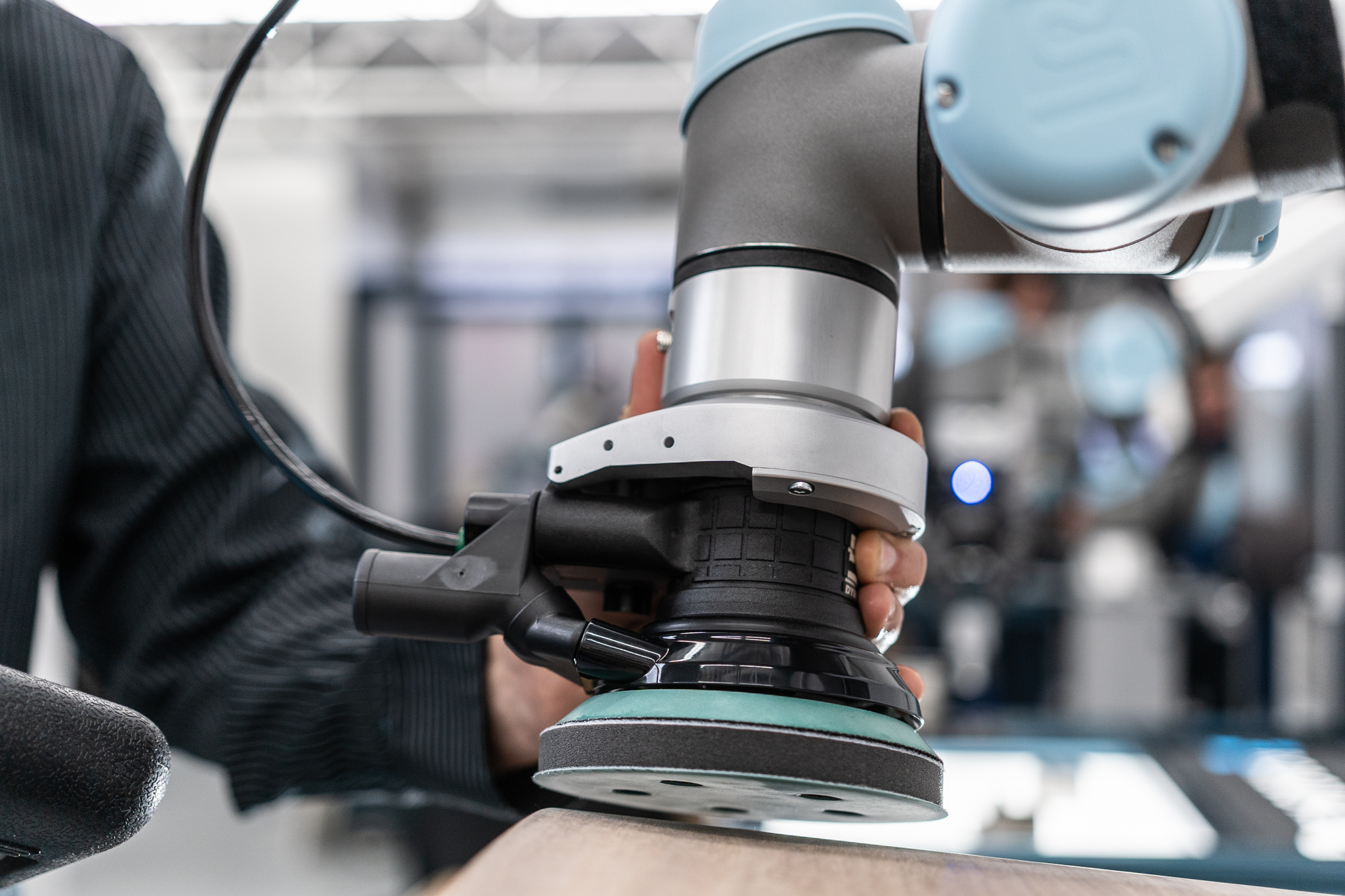


Leave a comment